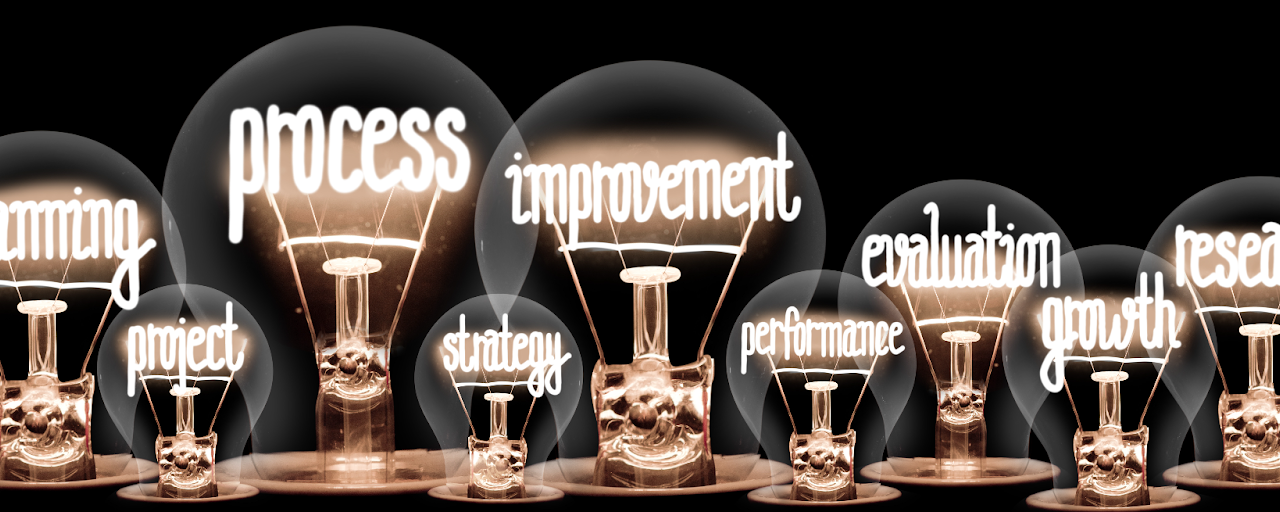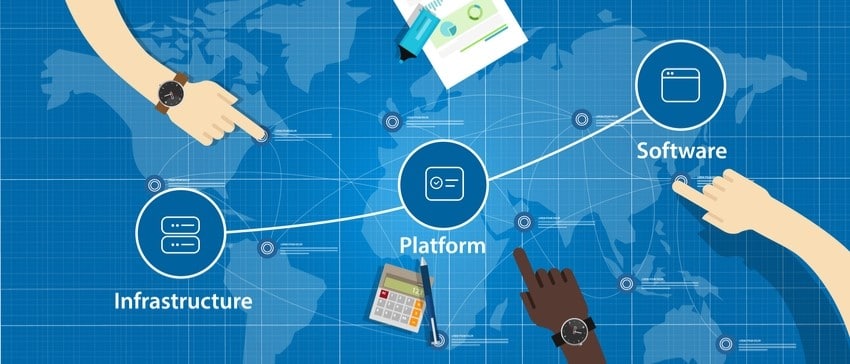- Procurement software streamlines the purchasing process, reducing manual effort and decreasing the likelihood of errors. It can also lead to substantial cost savings through optimized purchasing, improved supplier management, and insights from spend analytics.
- Spend management software increases transparency across the procurement lifecycle, making it easier to track, audit, and report on procurement activities. It also ensures adherence to procurement policies and external regulatory requirements, reducing the risk of non-compliance and associated penalties.
As businesses strive to create leaner, more efficient operations, procurement software has emerged as a critical tool in this endeavor. This technology streamlines supply chain management, makes purchasing more transparent, and promotes more strategic decision-making. However, before jumping headfirst into implementing a digital procurement software, it is crucial to follow a sequence of key steps to ensure a successful implementation. This blog aims to outline those pivotal steps.
1. Define Your Objectives: The first step to any successful software implementation is to clearly outline your goals. Why do you want to implement procurement software? Do you wish to streamline your supply chain, reduce costs, improve supplier relationships, or all of the above? Defining your objectives allows you to select a spend management software that best aligns with your business needs.
2. Analyze Your Existing Procurement Process: Before implementing a new procurement platform, it’s crucial to thoroughly understand your existing procurement process. This involves analyzing current workflows, identifying bottlenecks, and pinpointing areas of inefficiency. You should also look at your suppliers: Who are they, what are their strengths and weaknesses, and how can your relationships with them improve? This analysis will provide a clear picture of what needs to change, thereby informing your software selection.
3. Conduct a Needs Assessment: A needs assessment further refines your software selection process. List down the features and capabilities you require in your procurement tool. This could include things like automated purchasing, approval workflows, inventory management, supplier management, spend analysis, and reporting capabilities, among others. Remember to consult with all relevant stakeholders to ensure all requirements are accounted for.
4. Set a Budget: The cost of procurement software varies significantly, depending on its features and complexity. Set a realistic budget that takes into account not just the initial software purchase, but also costs related to implementation, training, and ongoing support. This will help avoid over-spending and direct your search towards solutions that are financially viable for your company.
5. Research Available Procurement Software Options: Define your goals. Understand your existing processes. Conduct a needs assessment. Set a budget. Then, you can begin researching procurement software options. Look for software that aligns with your objectives, can streamline your existing processes, meets your needs, and fits within your budget. Take advantage of free consulting, read reviews, and ask for demos. It’s also crucial to ensure that the software is scalable and can adapt to your business growth.
6. Involve Key Stakeholders: Procurement software will impact various departments, including finance, operations, and IT. Therefore, it’s important to involve these stakeholders in the decision-making process. Their input will help ensure the selected software meets all departmental needs, reduces resistance to change, and aids smoother implementation.
7. Vendor Evaluation: Take a close look at the software vendors you’re considering. How long have they been in business? What is their reputation? Can they provide references or case studies from similar businesses they’ve worked with? Make sure they offer quality customer support and can assist with software implementation and training. It’s also advantageous if they have a clear roadmap for future software updates and improvements.
8. Plan for Data Migration: Moving your existing procurement data into your new software is a critical step. Ensure you understand how this process will work, what data will be transferred, and how data integrity will be maintained. This may involve cleaning up your existing data, removing any errors, and ensuring it is in a format compatible with the new software.
9. Develop an Implementation Timeline: An implementation timeline provides a clear plan for the roll-out of your new software. It should cover data migration, software customization, testing, training, and finally, going live. This timeline ensures everyone knows what is happening and when, making the implementation process smoother.
10. Training: Effective training is key to a successful software implementation. All users should understand how to use the software, its benefits, and how it fits into the broader business process. Ongoing training and support should also be available as users become more familiar with the software and as new features and updates are rolled out.
11. Test Before Going Live: Before fully implementing your procurement software, it’s advisable to run a pilot test. This helps identify any issues or glitches that need to be addressed before the software goes live. Use feedback from this pilot to tweak and improve the software for the final launch.
To conclude, implementing procurement software is a significant undertaking that, when done correctly, can yield substantial benefits for your business. By following these key steps, you can ensure a smoother, more efficient implementation process, setting the stage for a successful, more streamlined procurement function.
Key Components of a Procurement Software Suite
Procurement software suites, like ProcurePort, often include a variety of components. These components are designed to manage each step of the procurement process. Here are the key components of a procurement software suite and the suggested sequence for implementation:
1. Supplier Management: This component is a comprehensive database that allows businesses to manage information about their suppliers. It typically includes features for tracking and evaluating supplier performance, managing contracts, and ensuring compliance. Since all subsequent procurement activities depend on suppliers, this component should ideally be the first to be implemented.
2. Purchase Requisitions: Purchase requisitions are internal requests for goods or services. The purchasing software allows team members to submit these requests, which are then reviewed and approved by the appropriate authority. This should be the second component to implement, as it helps establish an efficient system for internal requests.
3. Purchase Orders: This component automates the creation, dispatch, approval process and tracking of purchase orders, which are sent to suppliers to procure goods or services. This naturally follows requisition management in the implementation sequence.
4. Invoice Management: After goods or services have been ordered, suppliers issue invoices. The invoice management component enables efficient handling of invoices by the accounts payable team. This includes validation, matching them with purchase orders and goods receipts, and scheduling payments. Implement this component after the purchase order system is in place.
5. Goods Receipt: Goods receipt tools are used to record when ordered items arrive. This can be matched against purchase orders to ensure suppliers deliver as promised. Implement this after the invoice management to complete the procurement cycle.
6. Payment Processing: This component handles the financial side of procurement, including scheduling payments, handling transaction details, and reconciling accounts. It’s best to implement this after all the other components to ensure the physical and financial aspects of procurement are well synchronized.
7. Spend Analytics: This tool allows businesses to analyze their procurement data to identify spending patterns and trends, evaluate supplier performance, and identify cost-saving opportunities. As this component relies on data from all the other components, it should be implemented last.
8. Catalog Management: This component enables businesses to manage their product and service catalogs. It makes it simpler for employees to locate and order what they need. Implementing supplier management early on is often beneficial. It helps streamline the purchase requisition and order process. The placement of supplier management in the sequence can vary.
To summarize, the implementation sequence generally follows the steps of a usual procurement process. It begins with managing suppliers and ends with analyzing spend. However, the actual sequence can vary based on a company’s specific needs and existing systems.

E-Sourcing Software – an integral part of the overall Procurement Software Suite
The e-sourcing software aids in automating and streamlining the strategic aspects of procurement. Its primary goal is to ensure the procurement of goods and services is done at the lowest possible cost while maintaining quality and managing risk. Here are some of the major functionalities of an e-sourcing software:
1. Supplier Discovery: E-sourcing tools often include databases or networking features that help businesses find potential suppliers.
2. RFx Management: RFx (Request for Information, Request for Proposal, Request for Quotation, etc.) management allows businesses to automate the process of collecting information, proposals, and quotes from potential suppliers.
3. Auctions and Bidding: Some e-sourcing solutions also support different types of auctions and bidding processes, allowing suppliers to compete for business in real-time.
4. Supplier Evaluation and Selection: E-sourcing software provides features to evaluate supplier performance based on various criteria, such as quality of goods, delivery time, and compliance, which help in making an informed selection.
5. Contract Management: This includes features for negotiating, creating, executing, and analyzing contracts with suppliers to maximize operational and financial performance.
6. Project Management: Project management tools within e-sourcing software can help track and manage the progress of sourcing projects, helping teams collaborate more effectively.
Overall, e-sourcing is about using technology to make the sourcing and supplier selection process more efficient, strategic, and competitive. It’s important to note that while e-sourcing is a part of procurement software, not all procurement software solutions will necessarily include comprehensive e-sourcing capabilities. As a business, it’s crucial to identify your specific needs when choosing a procurement software suite.











